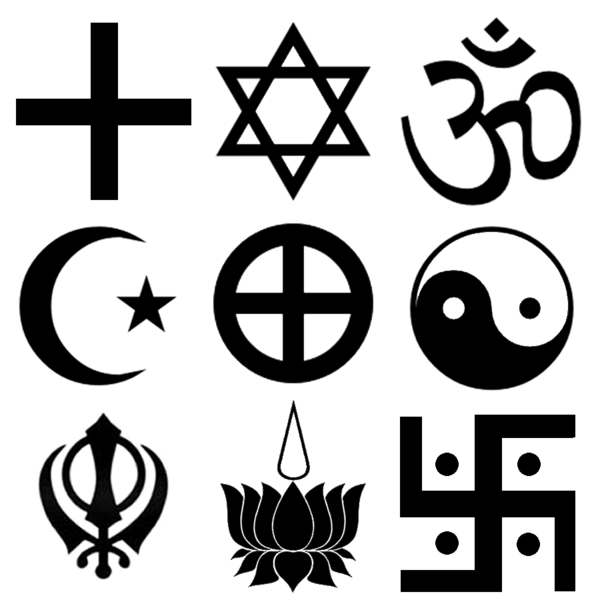Serbia, a country cradled in the heart of the Balkans, holds a unique religious landscape characterized primarily by Eastern Orthodoxy, a faith that weaves itself into the very fabric of Serbian identity. This examination delves into the prominent role of Eastern Orthodoxy, while also exploring the tapestry of minority religions persisting within the nation. To understand the spiritual mantle worn by Serbia, one must navigate the historical undercurrents, cultural nuances, and social ramifications of religious practice.
At the heart of Serbian religious life is the Serbian Orthodox Church, a bastion of Eastern Orthodoxy that has guided its followers through epochs of trial and tribulation. Established in the 12th century, the Church has not only provided spiritual leadership but has also been a pivotal actor in the socio-political metamorphosis of Serbia. It stands as a resplendent fortress against the tides of secularism, fostering a sense of national pride intertwined with religious devotion. It is the custodian of a rich liturgical life, where traditions such as the Great Lent and the Feast of the Epiphany are celebrated with fervor, encasing the Serbian people in a shared spiritual heritage.
The divine tapestry of Eastern Orthodoxy in Serbia is inherently linked to the nation’s historical narrative, providing solace and stability in tumultuous times. The church emerged as a unifying force during periods of foreign domination, acting as a guardian of national identity. During wars and conflicts, the Orthodox Church functioned not only as a spiritual refuge but also as a rallying point for resistance, as seen during the Ottoman influence and the Balkan Wars. This indelible mark on history reflects how faith can act as a beacon of hope and resilience, lighting the path forward in darkness.
Furthermore, the Eastern Orthodox tradition in Serbia is replete with distinct practices and rich symbolism. Each ritual embodies a profound significance; for instance, the act of lighting candles symbolizes the illuminating grace of God, inviting the sacred into the mundane. The architecture of Serbian churches, with their majestic domes and frescoed walls, becomes a manifestation of the divine, inviting the faithful into an otherworldly realm. This artistic expression not only serves to beautify but also instructs the laity in the narratives of saints and martyrs, embedding the broader Christian ethos into everyday life.
Yet, the Serbian religious landscape is more than a monolith; it is a mosaic of rich diversity that includes minority faiths, each contributing its unique hue to the overall spiritual panorama. The Catholic Church, particularly prevalent in the northern province of Vojvodina, represents one of the more pronounced minority religions. The coexistence of Catholic and Orthodox communities, while often harmonious, has seen its share of tension, often reflective of broader historical and political divides. However, these differences can also cultivate a fertile ground for dialogue, fostering a mutual appreciation that transcends mere tolerance and aims for deeper understanding.
Additionally, the Islamic community, which constitutes a significant minority, particularly in the southern regions and among ethnic Albanians, brings forth an entirely different perspective. The presence of Islam in Serbia is a poignant reminder of the complexities and intermingling of cultures stemming from centuries of Ottoman rule. As generations have passed, this interlacing of faiths is not merely a reflection of historical conquests but a testament to the ongoing conversation between various religious identities within the tapestry of Serbian society. While the Orthodox majority may sometimes view Islam with suspicion, instances of interfaith dialogue have emerged, emphasizing the potential for kinship and concord.
In addition to these two prominent faiths, Serbia is home to other religious minorities such as Protestant communities and Jews, each offering their unique contributions to the rich cultural mosaic. The Jewish community, though historically small, has a profound significance, with roots extending back to the Roman era. They have contributed greatly to Serbia’s cultural and economic life, leaving a legacy that speaks to the resilience of faith amid adversity.
Exploring the implications of religious diversity in Serbia reveals a dual narrative: one of unity in faith and another of the potential for discord. The predominance of Eastern Orthodoxy often leads to an implicit expectation of cultural conformity, raising questions about the rights and recognition afforded to minority groups. Yet, in the face of adversity, there lies the opportunity for shared learning and growth as individuals from different traditions engage in dialogues that dismantle long-held prejudices and foster mutual respect.
In conclusion, the religious landscape of Serbia is a dynamic arena where Eastern Orthodoxy plays a dominant role while minority faiths contribute vital perspectives. Just as the ethereal light filters through the stained glass of a cathedral, illuminating the sacred space within, so too does the interplay of different religions create a vibrant tapestry of belief that enriches the Serbian identity. As the nation continues to evolve, navigating the currents of history and modernity, the enduring appeal of its religious traditions may well serve as a bedrock of unity in diversity, guiding Serbia toward a future where faith, culture, and humanity thrive together. The path forward will undoubtedly rely on the willingness of all its inhabitants to engage in a shared journey rooted in respect, understanding, and a profound appreciation for the multifaceted nature of belief.



